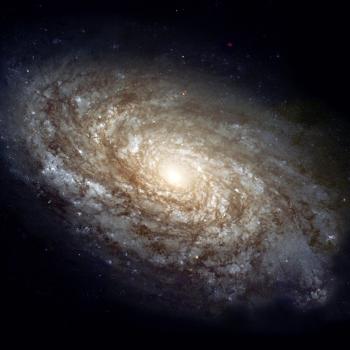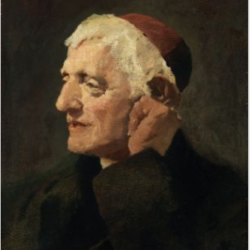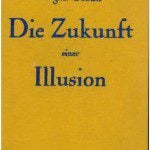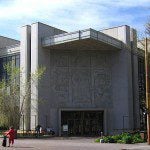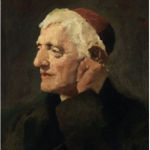
(Wikimedia Commons public domain image)
This week’s new article in Interpreter: A Journal of Mormon Scripture is a review essay titled
“Celebrating the Work of John W. Welch”
It marks the 287th consecutive Friday on which Interpreter has published at least one new article. The Interpreter Foundation has existed for 288.5 weeks.
***
Don’t forget the Interpreter Foundation’s new radio program, which will broadcast its second show on Sunday evening, from 7 PM to 8 PM (Utah time) on K-Talk (1640 AM).
***
Some additional notes from John W . Welch, et al., eds., Knowing Why: 137 Evidences That the Book of Mormon Is True (American Fork: Covenant Communications, 2017), 35-40:
In “Were Plain and Precious Doctrines Lost?” (41-42), evidence is presented that, in ancient post-apostolic Christianity, particularly between the second and fourth centuries AD, (1) important original Christian teachings were neglected or even dropped, (2) the divine process of covenant-making was changed to the point of transformation, and (3) the meaning and relevance of words and explanations in the founding texts of Christianity were, to some degree, lost.
“Are There Really Only Two Churches?” (43-44) explains how, despite the fact that the world is full to the brim with conflicting Christian denominations — to say nothing of non-Christian faiths and a host of other ideologies — there are, in a sense, really only two “churches.” The essay ties this in to the ancient Judeo-Christian doctrine of the “two ways,” the Way of Life and the Way of Death, as well as to the binary division of humanity between “the Children of Light” and “the Children of Darkness” that is found in the Dead Sea Scrolls.
“How Did God Call His Prophets in Ancient Times?” (45-46) puts the prophetic call of Lehi squarely in the tradition of ancient throne theophany visions. (I should note, too, that, as all of the chapters in Knowing Why do, this short little discussion provides abundant references for further reading on its topic.)
Incidentally, with my longtime friend and BYU department colleague (and former missionary companion) Stephen Ricks, I used the concept of the “throne theophany” in a quite different context quite a few years ago:
“The Throne Theophany/Prophetic Call of Muḥammad”
***
Rather critical perspectives on the passing of President Thomas S. Monson and the accession of President Russell M. Nelson:
The Washington Post: “The Mormon church has appointed its next president. Here’s what to expect.”
The New Republic: “Mormonism’s Crisis of Faith: Backlash against an obituary of its late prophet Thomas S. Monson reveals the existential doubts gnawing at the modern church.”
Religion News Service: “Patriarchy is alive and well in the LDS Church”
To sum things up: The secular elite are not favorably impressed.
***
The evidence continues to pour in that “Utard,” as some exceptionally sophisticated critics term my adopted home state, is a dysfunctional hell on earth:
USA Today: “Provo, Utah, is best-performing economy among big U.S. cities”
Many critics are quick to point out that the state’s poor performance and sheer misery directly follow from its domination by what they call “Mor(m)ons” or “Morgbots,” and their accusation seems to be supported, in this case, by the blame that the article explicitly places on Brigham Young University as a major contributor to the terrible economic conditions in Provo.
***
Finally, a short but worthwhile piece from my friend and BYU colleague Ralph Hancock:



